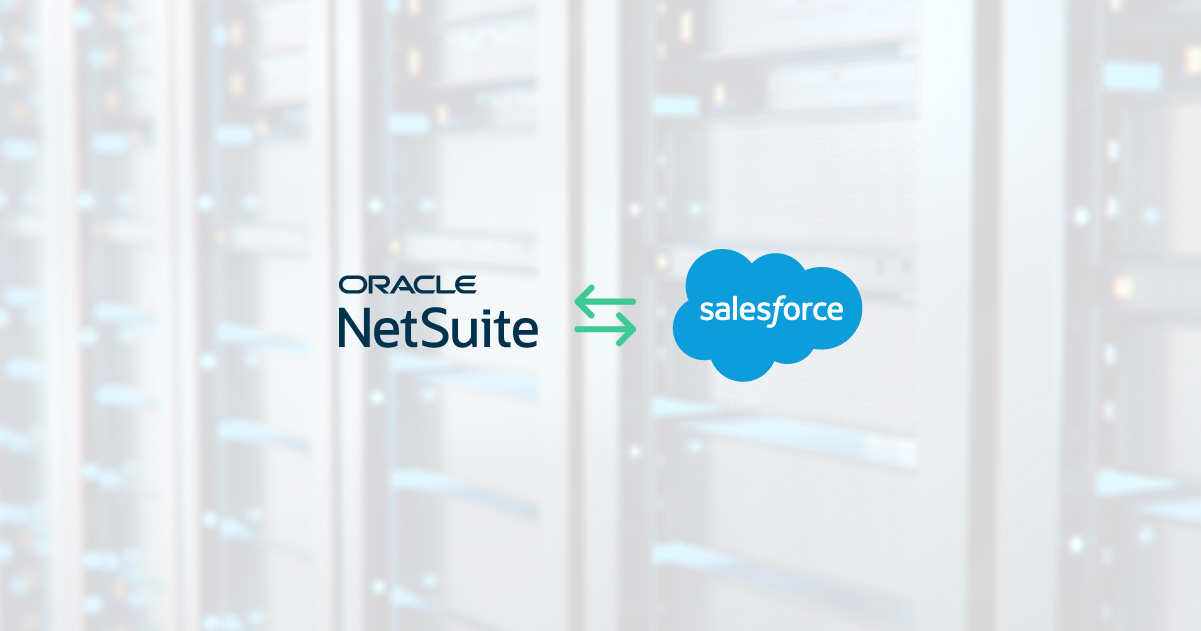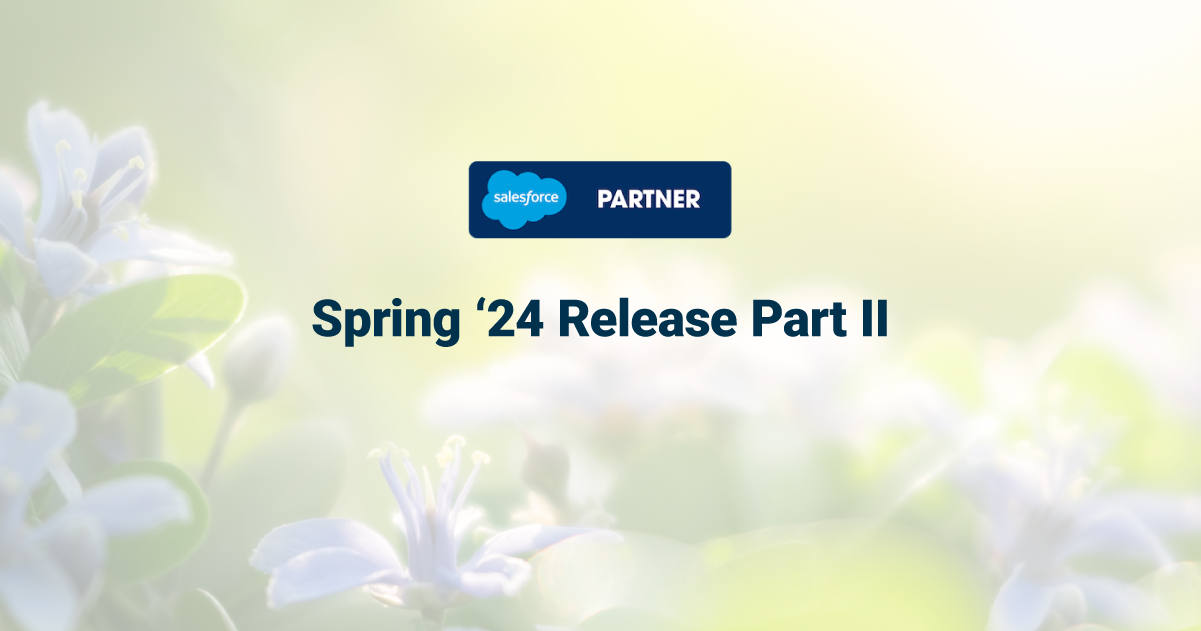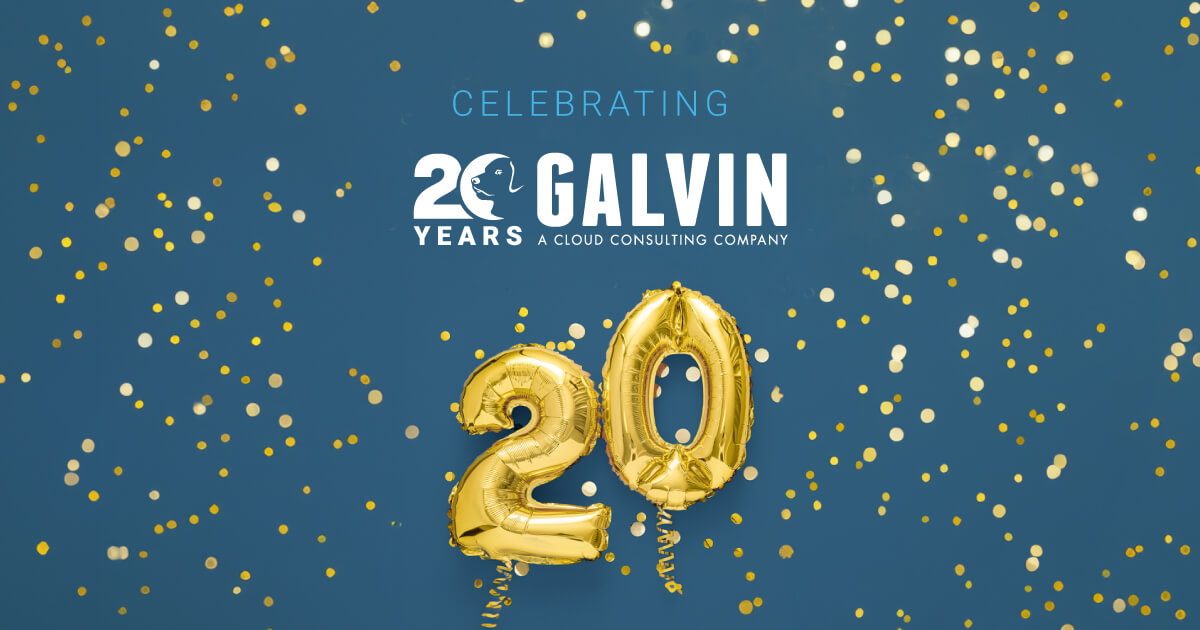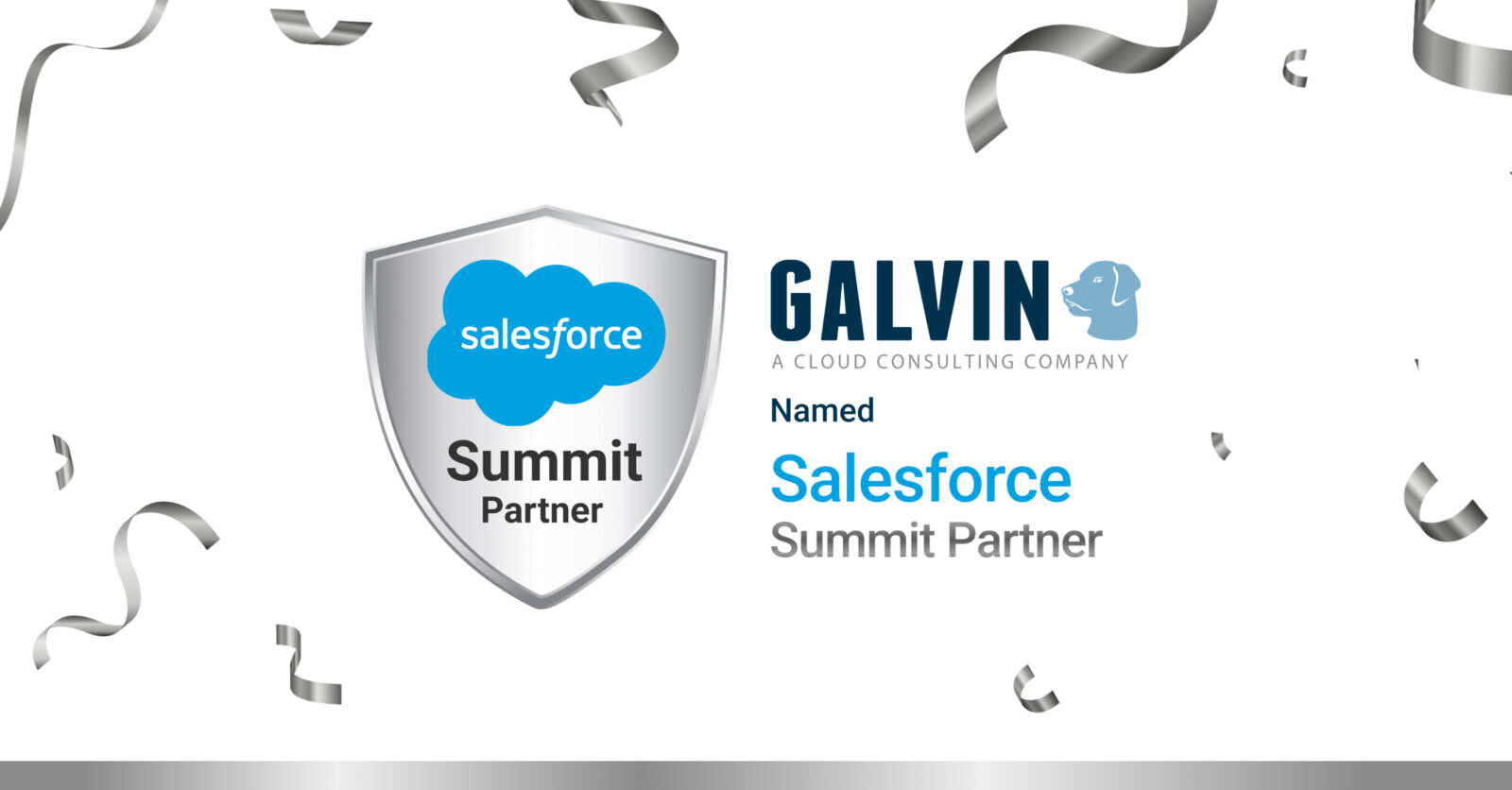How to Implement a Salesforce Adoption Process
Your intention of implementing a Salesforce CRM (Customer Relationship Management) into your company is to have one central application that will manage all your customer information, their opportunity information and the data points you need to continue to grow your business. We sit in many Salesforce planning meetings and share in our client’s excitement about the data they will have access to that they have never had before. Then we get to the part of the discussion about implementing Salesforce into the company culture and this is where the conversation oftentimes gets quiet.
Let’s face it, the functionality that makes Salesforce an ideal application is the same functionality that can make it difficult to deploy. If the concept itself is not adopted and embraced throughout the company then you will realize very quickly that the quality of your data is not trustworthty and the application itself is worthless.
We have had the opportunity to be involved in both large and small Salesforce implementations and no matter the size of the project all of them share common issues when adoption Salesforce. We want to share with you what it takes to get your users to adopt and use Salesforce so it will be the application you intended it to be.
Identify a Salesforce Champion
One of our colleagues at Galvin says it best – “A CRM implementation will only be successful is someone internally is the Champion“. Think about your company and the person who is charge of your accounting system. That person most likely demands clean data and uses the system as their main application. You must identify someone who will own Salesforce internally. This is typically the key beneficiary of the data within the application and it does not have to be the project sponsor during the Salesforce implementation project. Typically, the internal Salesforce champions would be an executive vice president of sales or marketing, a director of sales or a director of marketing. If your company is starting to utilize a customer experience manager (CXM) then this person is also an ideal candidate.
Start Small
 If you have gone through the demos of Salesforce and you have read the plethora of white papers then you are going to get anxious to implement everything right away. We don’t suggest this. Not only will it extend the project timeline and budget but you are introducing too much change into your culture right away. So don’t feel you need to resolve every possible requirement related to Salesforce. Instead, focus on the least amount of functionality you need to have a successful roll-out that allows you to present robust reports. We suggest focusing on the following:
If you have gone through the demos of Salesforce and you have read the plethora of white papers then you are going to get anxious to implement everything right away. We don’t suggest this. Not only will it extend the project timeline and budget but you are introducing too much change into your culture right away. So don’t feel you need to resolve every possible requirement related to Salesforce. Instead, focus on the least amount of functionality you need to have a successful roll-out that allows you to present robust reports. We suggest focusing on the following:
- Accounts and Contacts
- Opportunities
- Leads
- Activity Management
- Pipeline Management
- Case Management
- Reports
- Dashboards
Once you get through the initial launch of Salesforce then you can begin to roll-out additional releases over time.
Have Processes in Place that Insist on Data Quality
The moment the data in Salesforce is “dirty” you will quickly have people abandon ship and go back to their old way of doing things. Trust in the data is essential to the success of your Salesforce instance and you must have processes in place that ensure the data stays updated and clean. Here are a few suggestions:
- Your first import must be sparkling clean. The initial data import can make or break the project. We have seen projects where companies have multiple master client lists, critical information on their desktops or Outlook or even on their post-it notes. Every project we get involved with has an intenense data import process that gathers all the data, cleanses it and begins an import process with testing. We can’t say it enough – your data import must be clean.
- Monthly data cleanse meetings. Every month, typically at your monthly planning meetings, use that time to ensure the data is clean and accurate. For example, the sales people should not be able to leave the meeting until their forecasts and projections have been updated. If done monthly and your team is using Salesforce everyday then this should not take too much time.
- Add to your “do not touch” list. At the end of the year most companies start their planning for the following year. Use this time to start moving accounts and contacts to a category or ranking of “do not touch”. If you intend to never call on them or do work with them then why have them clutter up your data. I don’t recommend deleting an account or contact because you never know when they may actually do business with you. But at some point as your database gets bigger you will have to purge them. (Learn more about classifying your accounts and contacts)
Train Your Salesforce Administrators
Salesforce itself offers an abundance or videos that anyone can watch. We recommend creating a training plan and require Salesforce users to watch and learn. When we do a Salesforce implementation we have a deliverable called Salesforce Training Plan that we, together with our client, create. Based on the client and various complexities we will tailor a training plan suitable for them.
Also, we encourage you to send a certain percentage of your administrators to get their certification. We see many companies take advantage of this. Not only does it help your company to have an internal expert but it also allows that individual to advance their career.
Measure Adoption
Nobody wants to be in last place and Salesforce has various reports and dashboards that will showcase what users are adopting Salesforce and those that are not. You must put metrics in place that people are held accountable to and you must measure this daily, weekly or monthly. This will improve the adoption usage of Salesforce and if you set it up correctly you will also have very good data integrity.
The adoption reports and dashboards that come with Salesforce are quite robust but you might want to setup various internal contests or games that get your employees to compete for more adoption. We oftentimes recommend a point system that is easy to implement, ensures there is activity and provides some friendly competition.
Summary
We’ve learned over the years that not every Salesforce implementation is the same and not every business culture is the same. But we do know that every Salesforce project we do there is the clear intention of it being successful and the most important element to that success are the people in your company who will be using it.
I have only shared a few of the many strategies possible for successful Salesforce adoption. We are interested in your stories or strategies. Did we miss anything critical in this article or is there something unique that you might do? Please consider sharing it with us.













